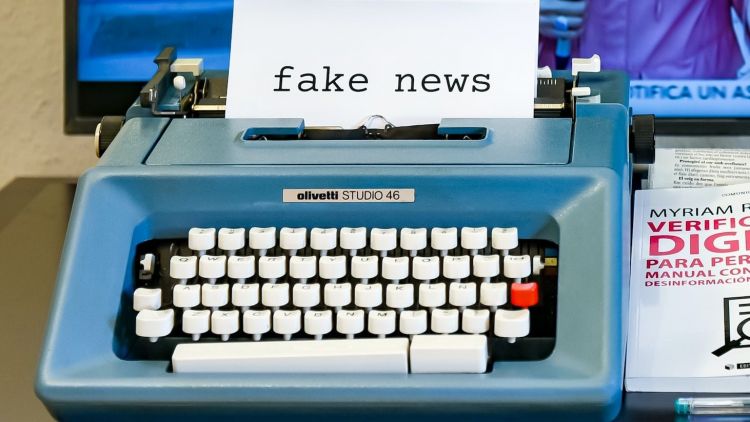According to the United Nations, the wide occurrence of climate disinformation is delaying climate action. We’ve all heard of people talking about misinformation and disinformation on the news—but what is the difference between the two? Does it matter? And how can we tell what’s true or not? It can be difficult, but spotting incorrect information and fake news is essential to teaching nowadays, especially when those facts are dressed up to look and sound legitimate.
Know the difference between fact and fake
While climate misinformation refers to the spread of incorrect information having to do with climate change, disinformation refers to the deliberate spread of misleading information. Often, disinformation is used by certain groups to deliberately and purposefully spread misleading information. There is a lot of misinformation online and it may seem that they originate from different sources or outlets but it can often be traced back to just a few. This report outlines some of the groups that are leading disinformation. Usually, when we think of disinformation we think of climate denialists. And while denying the climate crisis is one way of spreading false information, it isn’t the only one. Climate disinformation uses the distract and delay tactic, which often attacks measures to combat the climate crisis, questions the integrity of climate scientists, and argues that environmentalists are alarmist.
Evaluate the information you consume
It’s more important than ever to carefully consider the resources you use when trying to determine whether or not the information provided is true. For example, this website about the fictional Tree Octopus may appear real at first glance, but can be used as a tool to help teach students and teachers how to properly fact-check and assess the accuracy of online information.
Tree Octopus was originally created as part of a media literacy course, and exploring the content and linked resources can give you a great idea of what to watch for. Do most links lead to the same source? Is that source reliable? Does the information seem far-fetched or untrue based on searches on the same topic?
You also have to ask; what is the goal of the content being presented to you? Is it a detailed and thoughtful point of view or does it only showcase the best side of a story? Who wrote the content and what are their beliefs? Would they benefit from showing the facts, but in a wrong way? Finally, is the content trying to make you adopt a particular social or political opinion?
Another great example to further your students critical thinking skills is this Spot The Troll quiz to help your students better understand social media trolls as well as this video exploring a fictitious animal called the House Hippo.
Research and use only fact-based resources
With the number of resources out there, it can be overwhelming to find relevant and engaging content to incorporate into your classes—not to mention ensuring those resources are fact and research-based! We’ve put together a list of some organizations that provide factual information, starting with our own.
Our programs about energy, climate change and green economy include both hands-on and critical thinking activities to equip educators with the educational tools they need to help students understand complex environmental issues. Specifically, eCards, is a tool that students can use to research a topic they are passionate about, create artwork and messaging around that topic and email a decision maker.
This website has great information and includes a section on combating climate misinformation.
The Outdoor Learning Store (CA)
Outdoor Learning Store is a charitable social enterprise offering excellent outdoor learning equipment and resources with 100% of proceeds going back to supporting outdoor learning non-profit initiatives.
Ocean Wise is a nonprofit organization whose mission is to empower communities and individuals to take action to protect and restore our world’s oceans.
National Aeronautics and Space Administration (NASA)
NASA is in charge of U.S. science and technology that has to do with airplanes or space. Their scientists have worked hard to share news about NASA's missions with teachers. Then, teachers can use NASA lessons to teach their students about science, technology, engineering and math including climate change.


